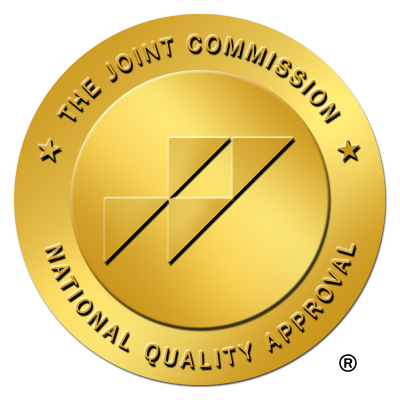Community-Based Prevention Programs Reduce Likelihood of Teen Prescription Abuse
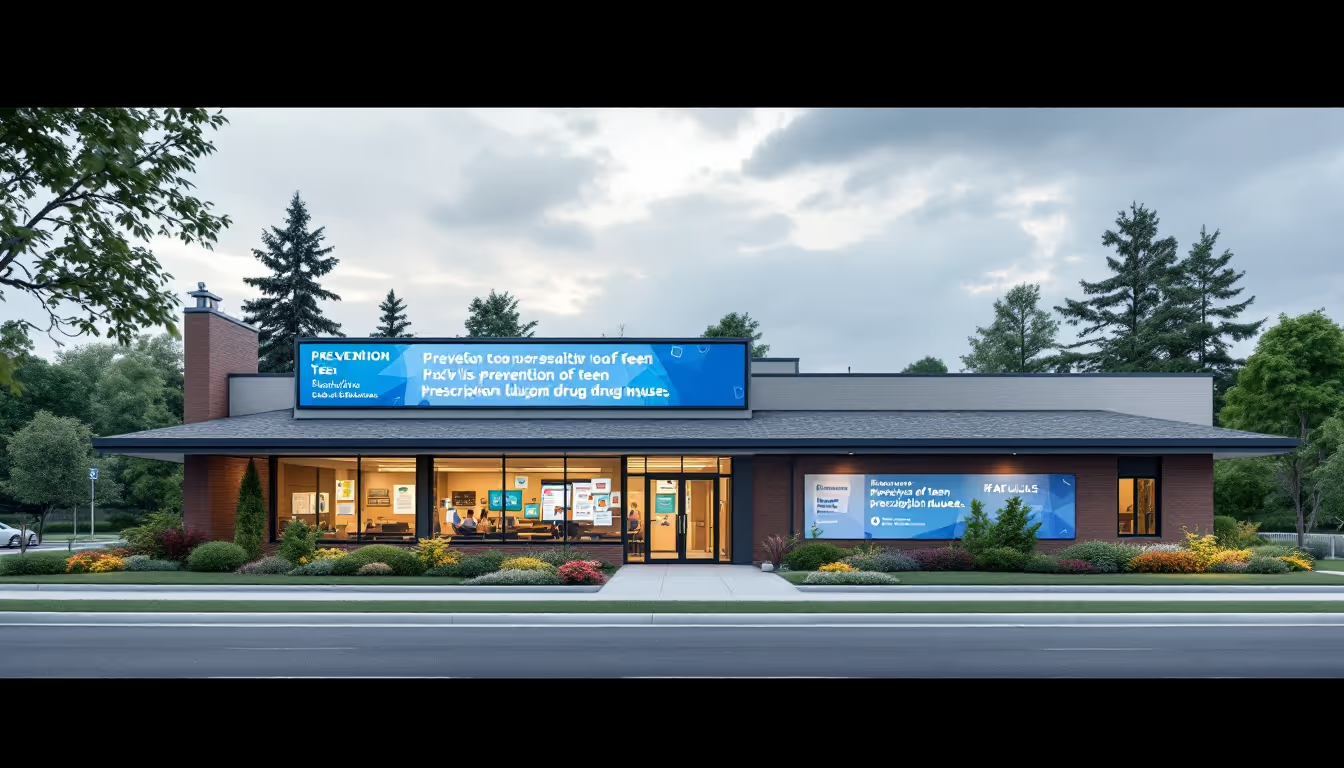
Introduction: The Rising Concern of Teen Prescription Misuse
Prescription drug abuse among adolescents is a growing public health concern, manifesting from various sources including academic pressure, stress, and the lure of experimentation. Community-based prevention programs have emerged as a formidable strategy in countering this trend by focusing on collaborative efforts to educate, engage, and empower young people and their families.
Understanding Community-Based Prevention Programs
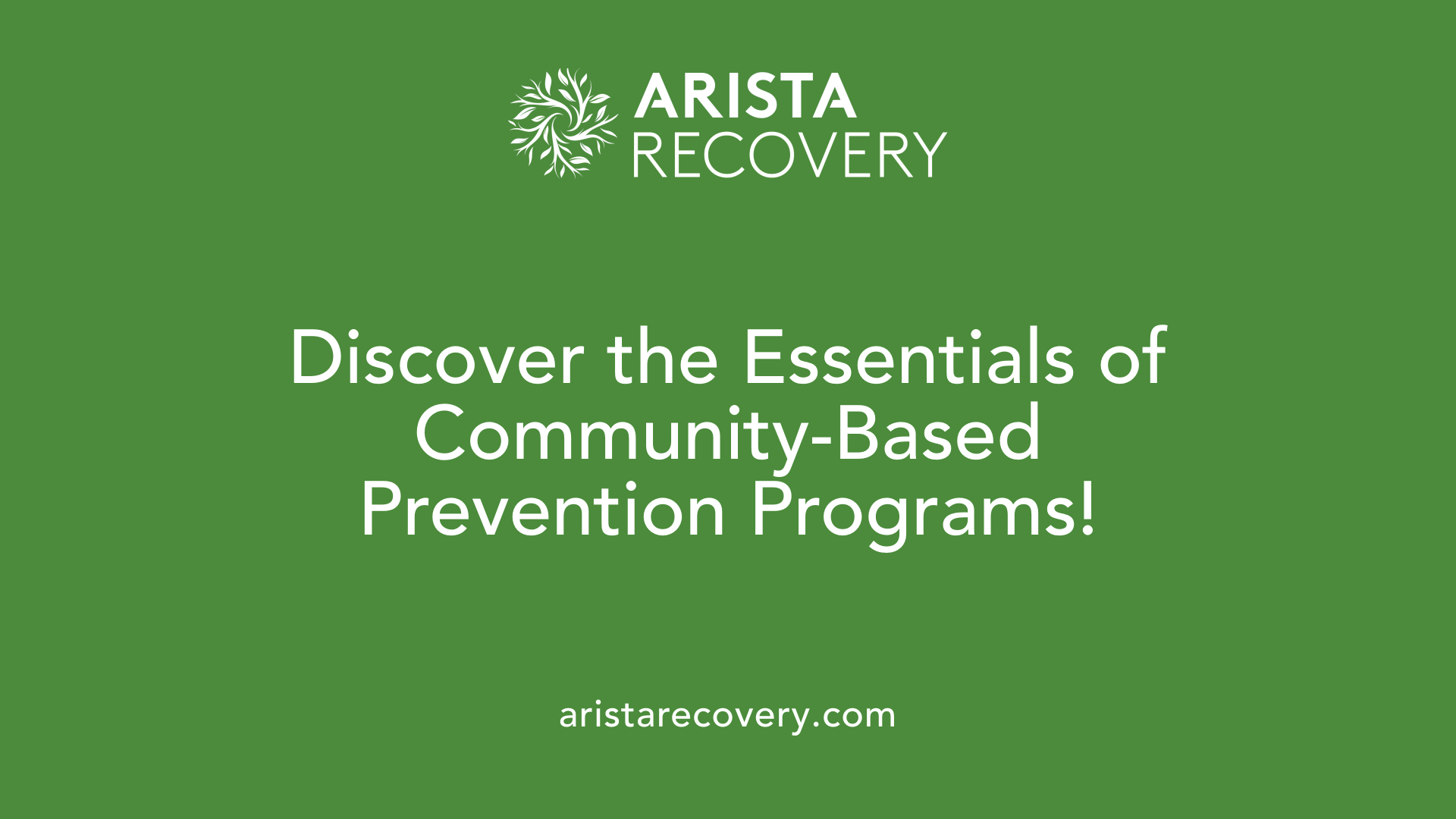
What is a community-based prevention program?
A community-based prevention program is a collaborative initiative that engages local partners—with parents, educators, healthcare professionals, and community leaders—to create, adopt, and implement strategies aimed at preventing issues like substance use disorders among adolescents. These programs leverage community resources to support systemic changes that foster healthier environments, ultimately promoting overall health and well-being.
Key areas of focus and strategies
These prevention programs typically focus on several critical areas to address the diverse factors influencing youth behavior:
Overall, community-based prevention programs play a pivotal role in reducing adolescent substance use by promoting healthy choices, enhancing community involvement, and addressing the factors that contribute to drug misuse.
Strategic Approaches to Prevent Prescription Drug Abuse
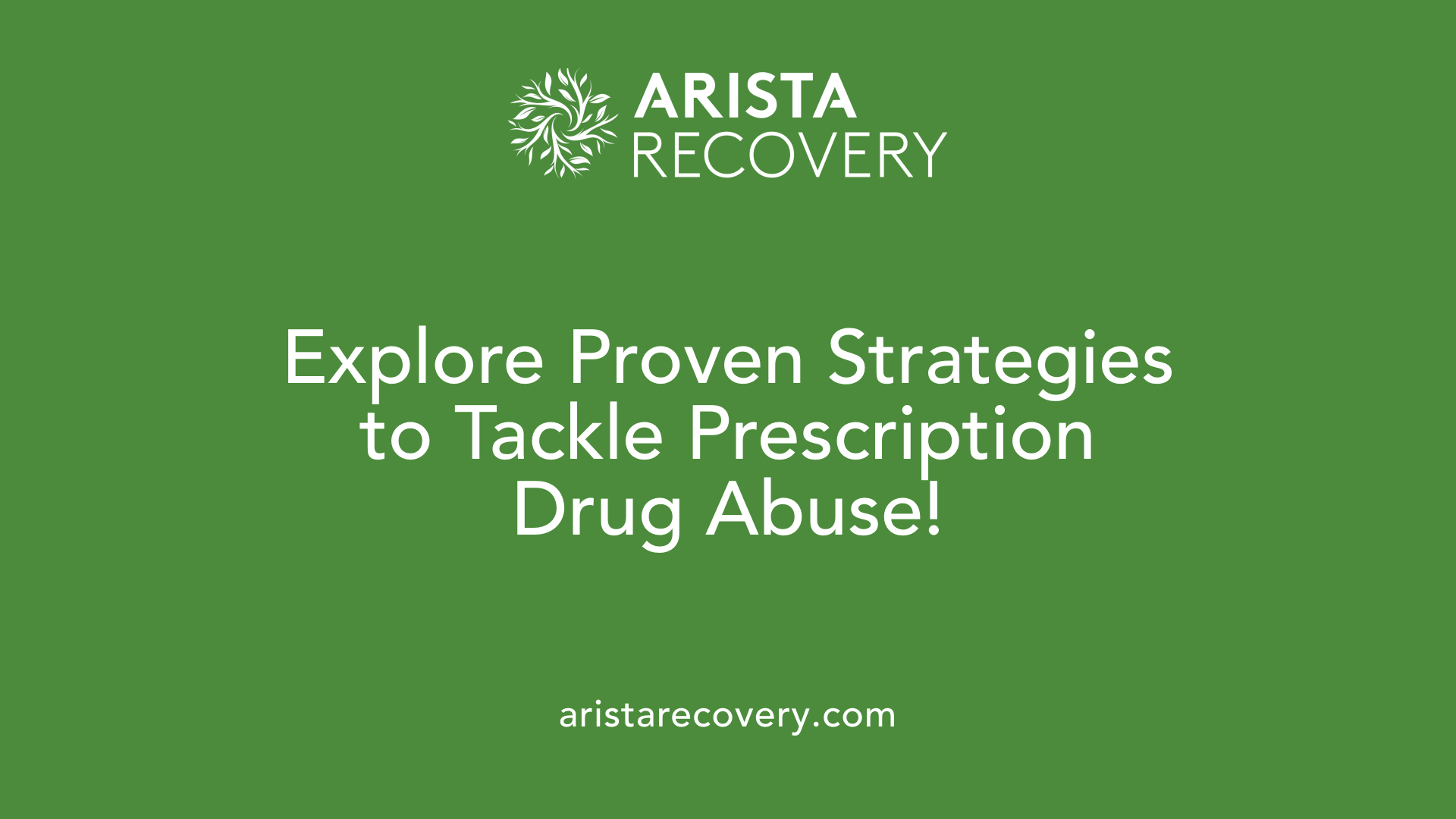
What strategies are being used to control prescription drug abuse?
To effectively combat prescription drug abuse, a variety of strategic approaches are utilized across community and individual levels. Education is at the forefront, with initiatives designed for parents, youths, and healthcare providers to raise awareness about the dangers of misuse. This emphasizes the importance of safe medication practices and the need for responsible prescribing.
A key element in these strategies is the implementation of Prescription Drug Monitoring Programs (PDMPs). These systems help track prescriptions to prevent doctor shopping and reduce the risk of medication diversion. Additionally, promoting proper disposal programs for unused prescriptions plays a vital role in limiting access to medications that may otherwise be misused, particularly among adolescents.
Enforcement measures also form part of the equation, targeting improper prescribing practices and striving to eliminate problematic sources of prescription medications, often referred to as "pill mills." This comprehensive approach, recognized by agencies such as the CDC, addresses the multifaceted nature of the epidemic effectively.
Community and family engagement in prevention efforts
Community and family involvement is crucial for the success of these strategies. Local prevention programs actively engage residents to identify specific risks related to substance misuse within their communities. Through collaboration among parents, educators, and healthcare professionals, communities can foster environments that emphasize healthy choices and drive down rates of prescription drug abuse.
Furthermore, evidence shows that programs like Functional Family Therapy (FFT) and Lifeskills Training (LST) can significantly equip families with communication skills and resilience against peer pressure. By enhancing family dynamics and teaching adolescents critical life skills, communities can effectively decrease the likelihood of substance misuse among teens.
Effective Programs in Reducing Substance Misuse
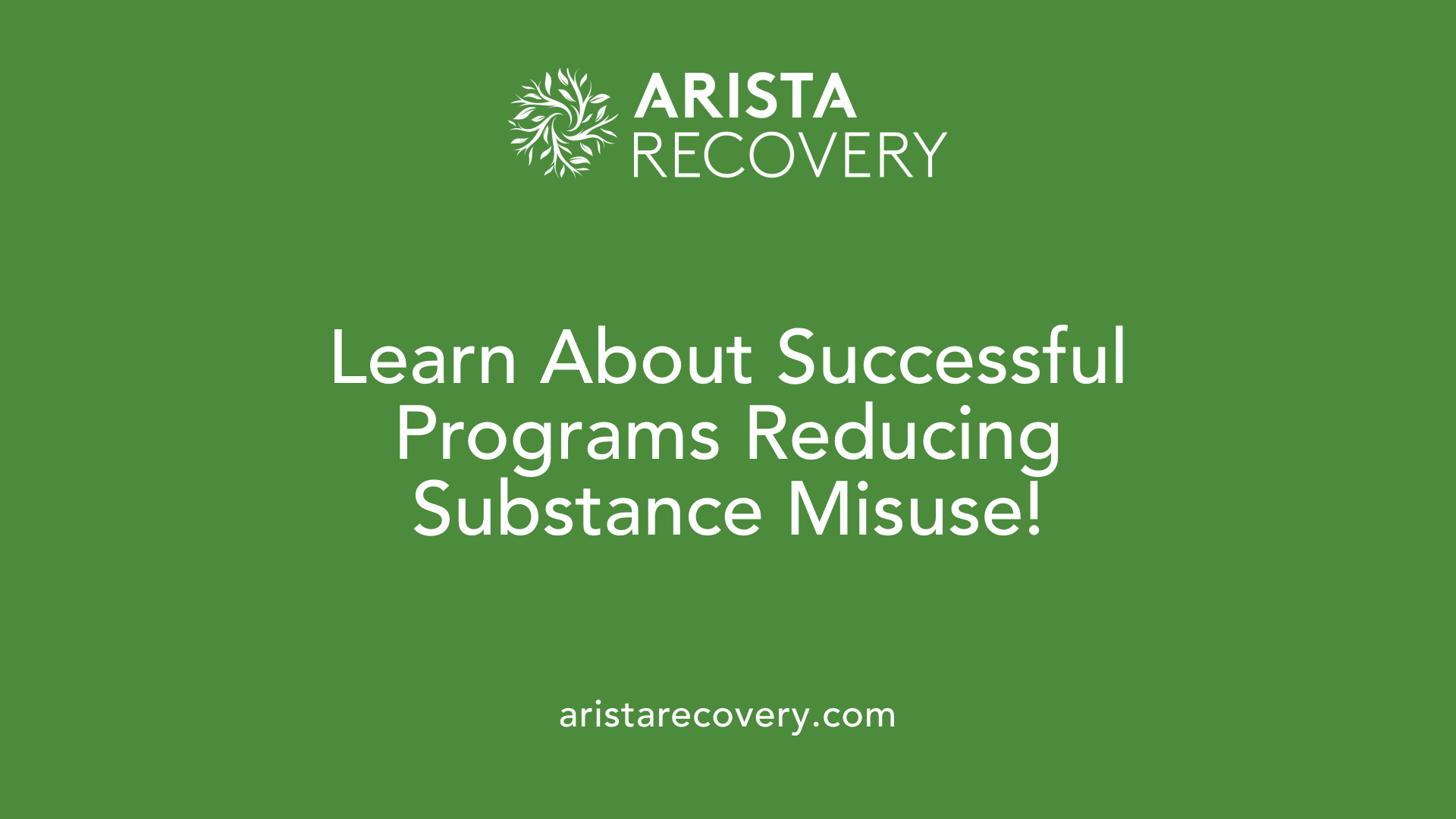
Successful Prevention Programs
Numerous evidence-based programs have demonstrated effectiveness in preventing substance use among adolescents. Noteworthy among these are:
Additionally, programs like Creating Lasting Family Connections prioritize improving family relationships, which has been documented to decrease rates of adolescent substance misuse.
Key Components and Outcomes
Effective prevention programs share several core components:
Table summarizing successful programs and their focus areas:
Program NameTarget GroupFocus AreaLife Skills Training (LST)Middle school studentsSkill development & peer resistanceProject Towards No Drug Abuse (TND)High-risk adolescentsMotivation & social skillsFunctional Family Therapy (FFT)FamiliesCommunication & bondingCreating Lasting Family ConnectionsFamiliesFamily dynamics
Research indicates that youth involved in these programs typically show marked reductions in their likelihood of engaging in substance use, emphasizing the critical role of community-based interventions in promoting healthy behaviors among adolescents.
Role of the Community in Preventing Drug Abuse
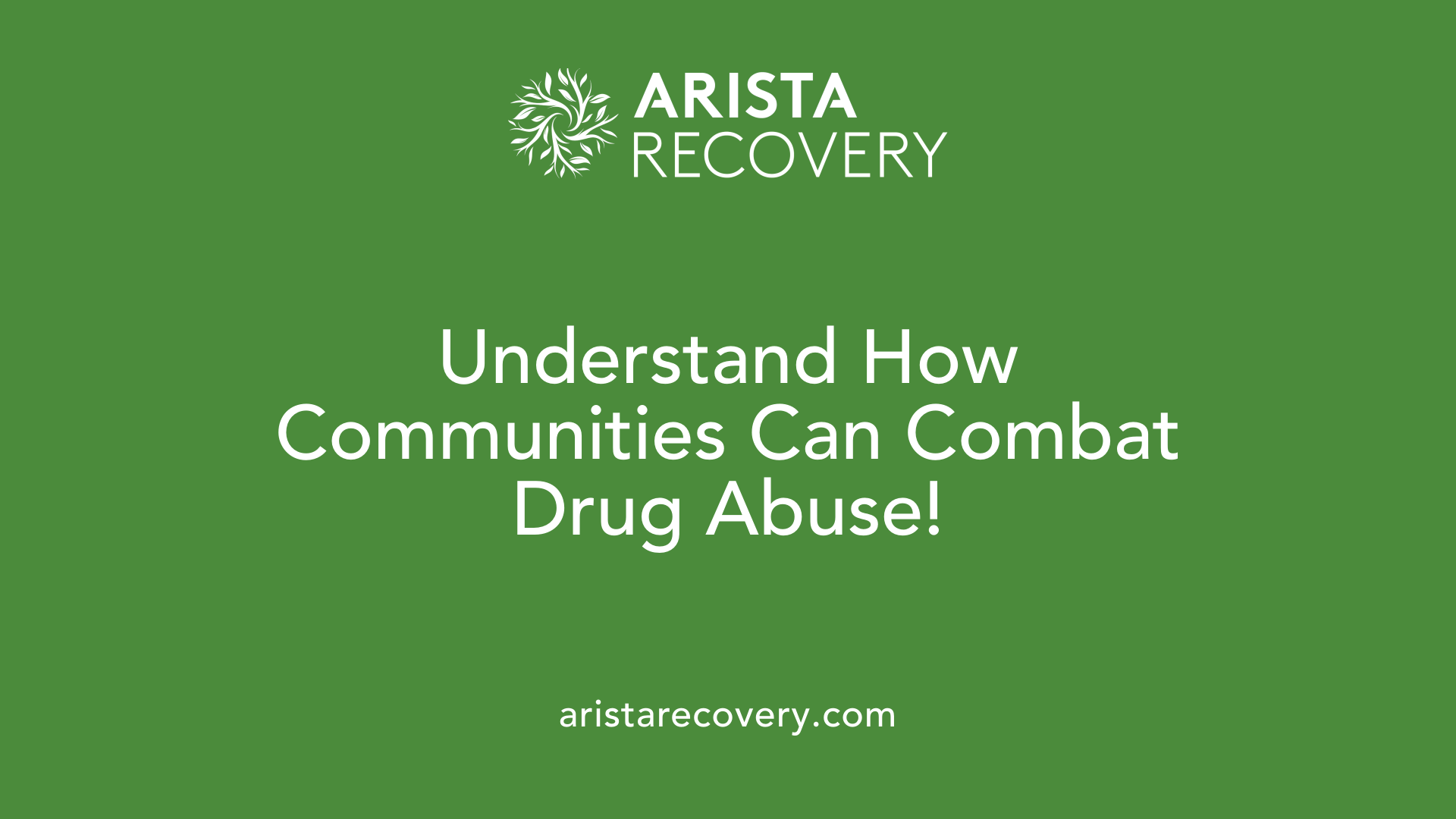
How can the community help prevent drug abuse?
Communities can play a vital role in preventing drug abuse by fostering open and honest conversations about the dangers of substance use. Integrating these discussions into daily life not only raises awareness but also normalizes healthy behavior among youth.
It is crucial for community members to model healthy behaviors by refraining from drug use themselves. This sets a powerful example for young people. Encouraging personal development through building self-confidence and strong value systems equips individuals to resist peer pressure and make informed choices.
Communities can also offer engaging activities and hobbies to keep teenagers occupied, reducing the likelihood of drug use. By providing structured environments, young individuals find alternatives to substance use. Additionally, recognizing the signs of substance abuse in peers promotes proactive support. When individuals notice concerning behavior, seeking professional help can create a supportive atmosphere conducive to recovery and prevention.
In summary, communities can significantly influence drug abuse prevention by promoting education, healthy choices, and supportive actions that empower individuals and families.
Community RoleActivities for PreventionExpected OutcomesEducationWorkshops and discussions about drug risksIncreased awareness and knowledgeHealthy ActivitiesSports, arts, and self-development programsReduced idle time and peer pressureParental EngagementRegular communication and monitoringStrengthened family bondsEarly InterventionCommunity counseling and support servicesEarly recognition and action takenCollaborative EffortsCommunity coalitions to address drug issuesEffective resource sharing and strategy development
Socio-Ecological Factors Influencing Program Success
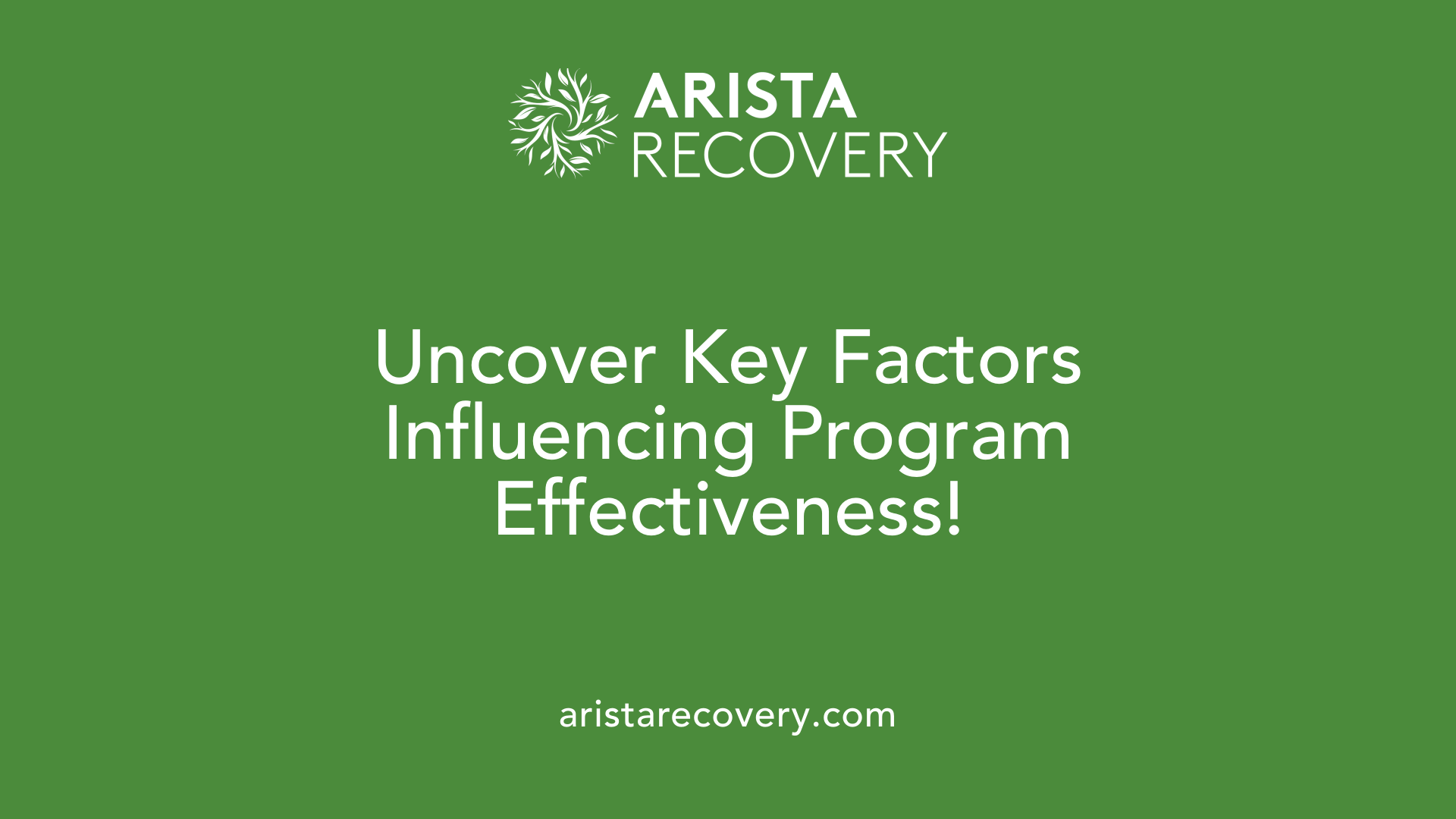
What socio-ecological factors influence the effectiveness of community prevention programs?
The effectiveness of community prevention programs is shaped by several socio-ecological factors, which include community norms and the surrounding environment. Strong community norms that endorse healthy behaviors can motivate individuals to participate in prevention initiatives. Conversely, negative norms may hinder the acceptance of such programs.
Economic and political influences
Economic factors play a crucial role, as adequate funding enables the implementation of effective prevention strategies. Programs aligned with community needs can allocate resources more efficiently to engage residents. Additionally, political influences ensure diverse representation, creating policies that support public health and substance abuse prevention.
Moreover, fostering trust and transparency among organizations can enhance community engagement. When residents understand the goals and benefits of community initiatives, their participation increases, leading to better outcomes.
Summary of Influencing Factors
FactorImpact on EffectivenessExamplesCommunity NormsEncourages or discourages participationAwareness campaigns, peer support groupsSocial SupportIncreases resource access and participationFamily engagement initiativesPhysical EnvironmentProvides safe spaces for activities and engagementCommunity centers, parksEconomic FactorsDetermines program funding and resource availabilityGrants, local business partnershipsPolitical InfluencesShapes policy support and representation in governanceLocal health initiatives, advocacy groups
Ultimately, integrating a systems approach that considers these interrelated factors at various levels can significantly enhance the effectiveness of community prevention programs, ultimately promoting healthier behaviors among adolescents.
Success Stories and Challenges in Implementation
What are some challenges and success stories in implementing community prevention strategies for substance abuse?
Implementing community-based prevention strategies for substance abuse encounters several challenges, including limited resources, cultural beliefs that may impede progress, and resistance to change within communities. For example, efforts to decrease prescription drug misuse can be met with skepticism if stakeholders do not see evidence of effectiveness or feel alienated from the process.
However, there are noteworthy success stories. The Drug-Free Communities (DFC) Program mobilized around 35,000 community members in 2022, demonstrating a collaborative effort that has led to observable decreases in youth substance use across multiple substances. Programs like Functional Family Therapy and LifeSkills Training have shown significant reductions in prescriptions and other substance abuse by enhancing family dynamics and imparting essential life skills to adolescents.
Moreover, strategies that focus on community engagement and are tailored to local needs have proven effective; this includes family-oriented interventions and school-based education initiatives. Innovative programs, such as those using eHealth tools to enhance family communication, have also emerged as valuable resources.
Ultimately, the sustainability of these prevention strategies hinges on organizational readiness and community involvement, along with practices grounded in evidence that encourage trust among stakeholders. Success is not just about reducing numbers but also about fostering a culture of continuous improvement in the community's approach to youth substance prevention.
Educational Resources and Community Involvement
Guidance on Community Engagement
Community involvement is a fundamental aspect of effective substance use prevention programs. Engaging local residents, organizations, and stakeholders fosters a sense of ownership and collaboration. By identifying specific local drug-related issues, communities can develop tailored prevention strategies that resonate with their unique needs.
Key to this process is the formation of community coalitions. These collaborations, which may include parents, educators, healthcare professionals, and local businesses, work collectively to create a drug-free environment. Their efforts are vital in addressing underlying factors such as peer pressure and family dynamics that contribute to substance use among teens.
Educational Tools and Resources
Educational initiatives are instrumental in raising awareness about the dangers of substance misuse. Programs often include:
By leveraging these educational tools, communities can empower families and teens alike, equipping them with the knowledge and skills to make informed choices regarding substance use.
Conclusion: Empowering Communities to Combat Teen Prescription Abuse
Community-based prevention programs stand as a pillar in the efforts to reduce teen prescription drug misuse by addressing root causes, promoting healthy behaviors, and fostering environments that deter substance abuse. Through collaboration, education, and strategic intervention, these programs not only reduce the immediate risks associated with drug misuse but also set the stage for healthier communities. By leveraging the strengths of local partnerships and focusing on socio-ecological factors, community efforts can continue to yield significant reductions in substance misuse, offering hope and guidance in tackling this pressing issue.
References
- Evidence-Based Interventions for Preventing Substance Use ...
- Community-Based Programs Prevention Programs to Reduce Teen ...
- Community-Led Prevention Programs for Teen Prescription Abuse
- Prevention efforts focused on youth reduce prescription abuse into ...
- Community-Based Prevention Strategies | The White House
- Substance Use Prevention and Treatment Program
- State Strategies for Preventing Substance Use and Overdose ...
- Prevention Programs for Youth and Families - RHIhub Substance ...
- Substance Abuse Prevention | Youth.gov
- Community-Based Prevention Programs Reduce Likelihood of Teen ...
You’re not alone in this.
When mental health challenges and addiction intersect, it can feel isolating. At Arista, we offer compassionate, evidence-based, and trauma-informed care to help you heal, grow, and move forward.
You’re not alone in this.
When mental health challenges and addiction intersect, it can feel isolating. At Arista, we offer compassionate, evidence-based, and trauma-informed care to help you heal, grow, and move forward.
Support that moves with you.
You’ve taken a brave first step. At Arista Recovery, we’re here to help you continue with best-in-class care designed for long-term healing and support.
.webp)






